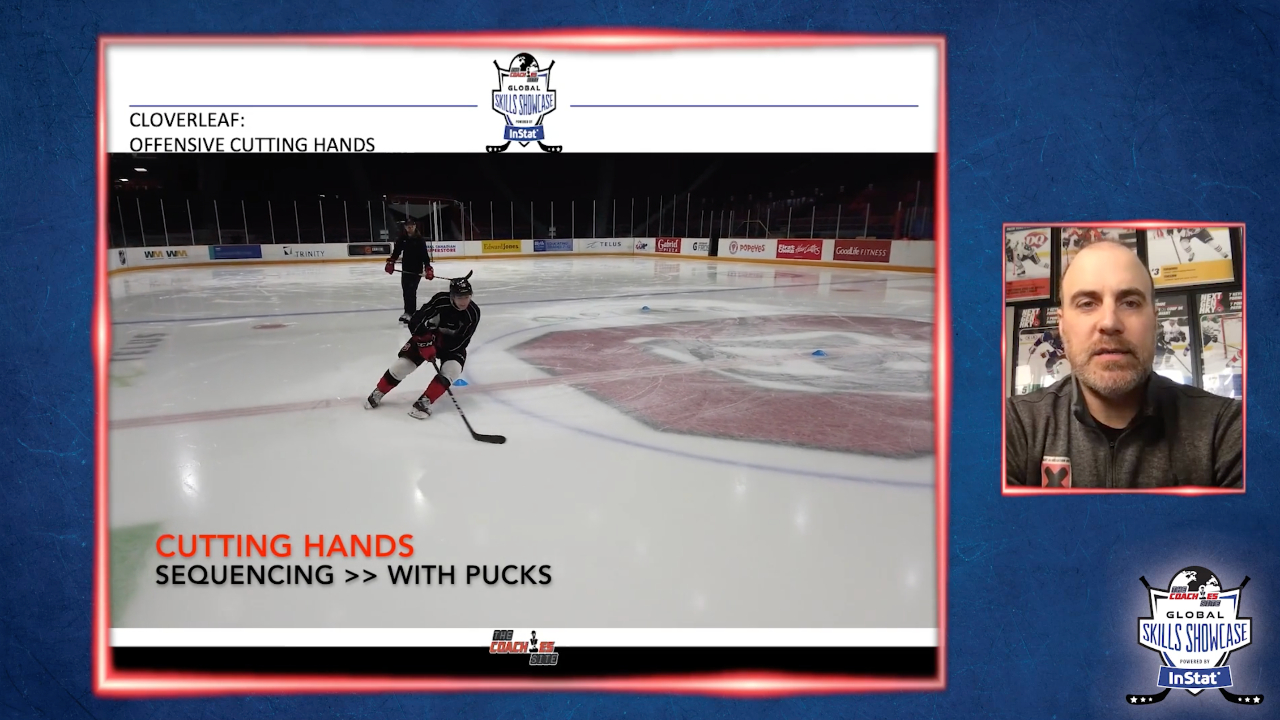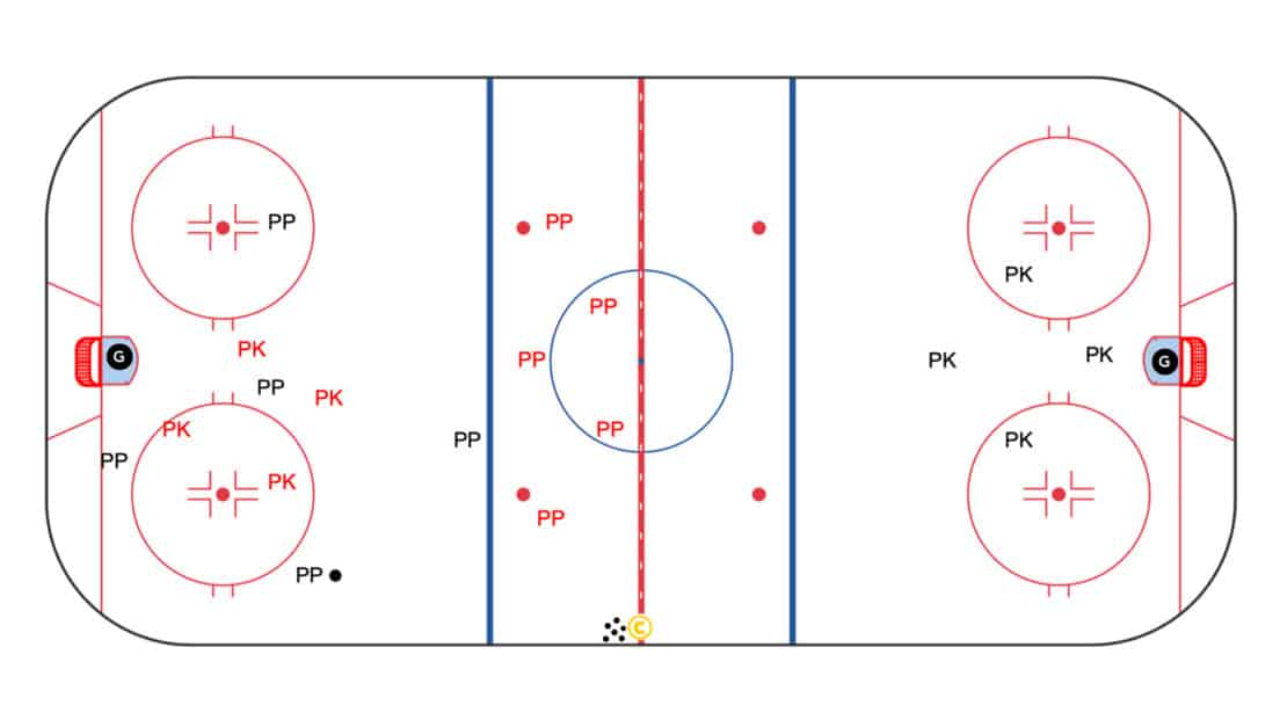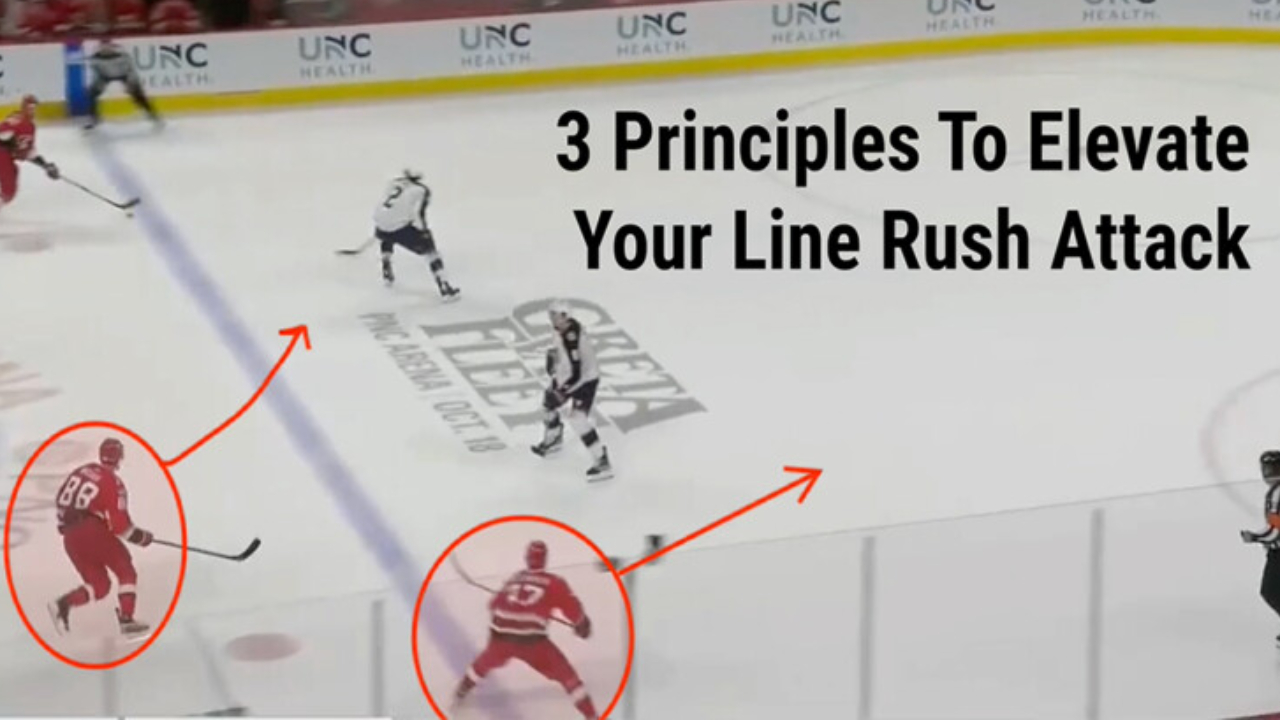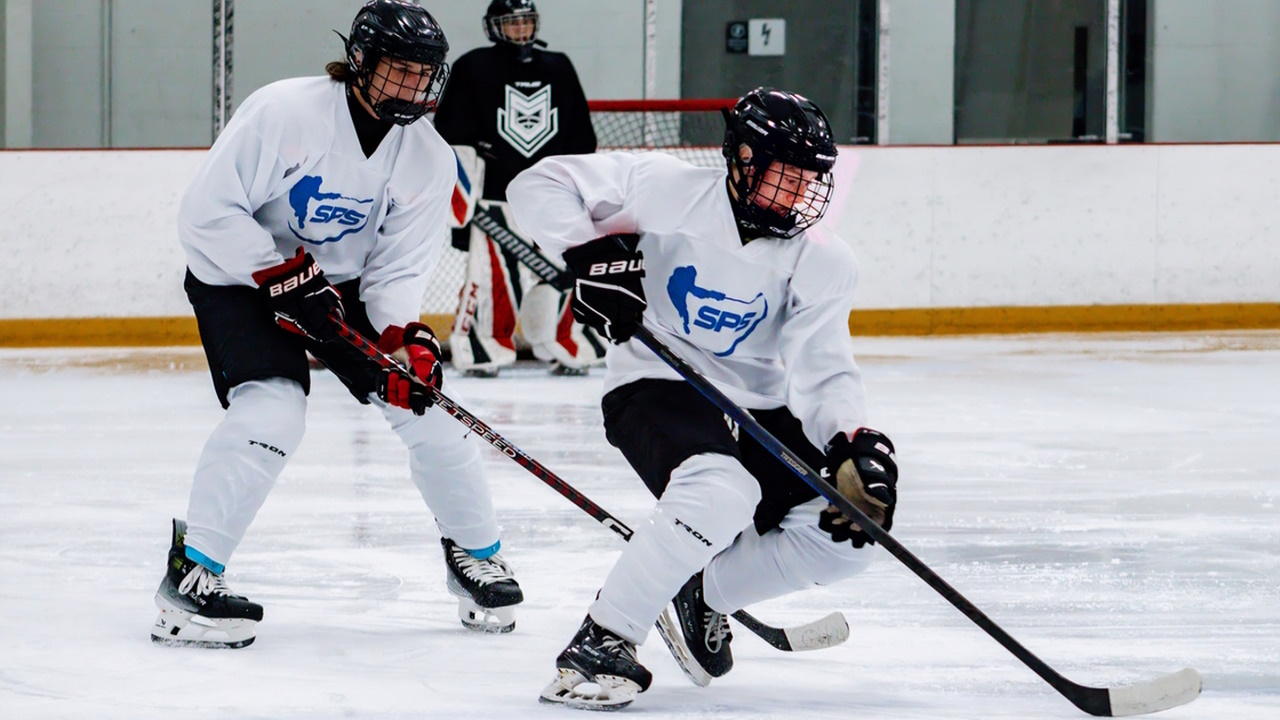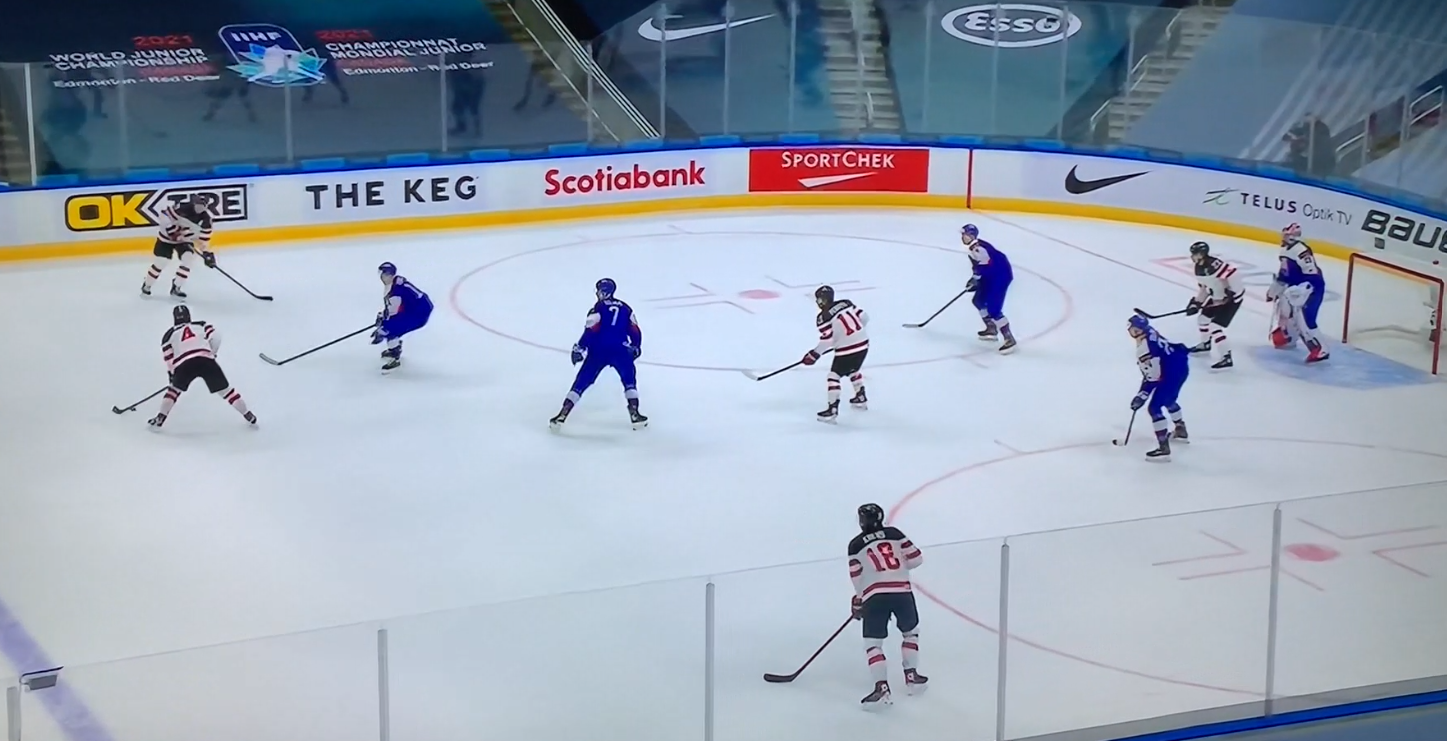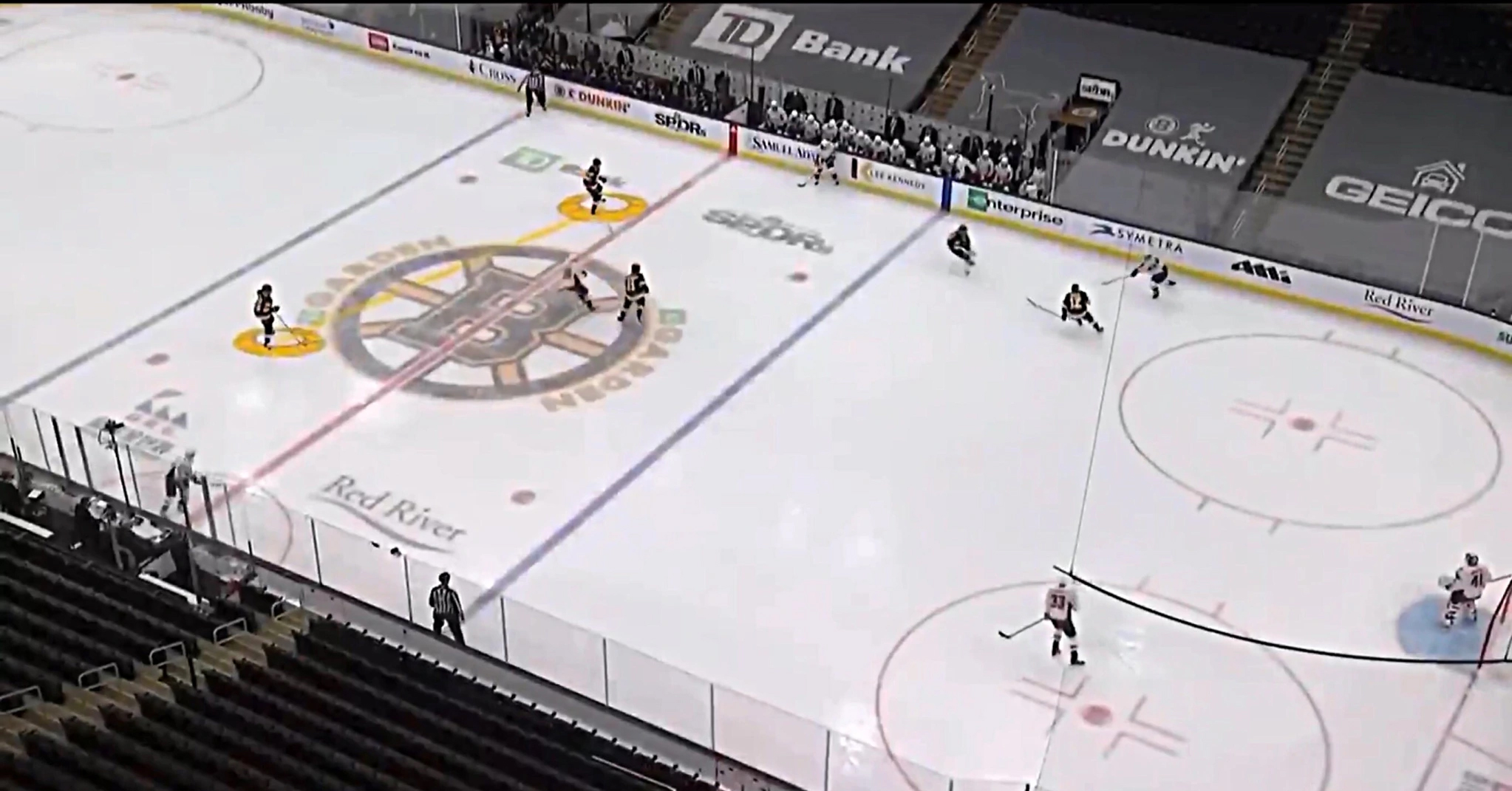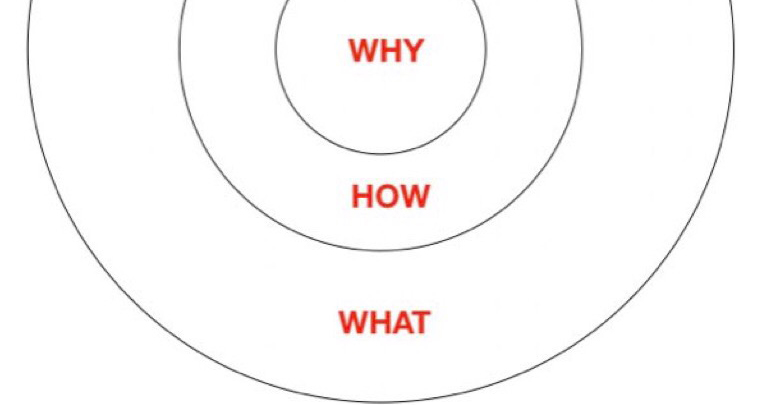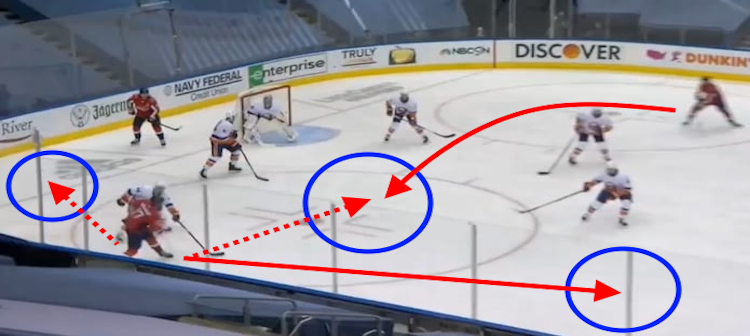
Minor hockey coaches spend most of their time, depending on age and level, working on the development of skills, tactics and team systems. Coach education, coach resource sites and coaching conferences are dedicated predominantly to these topics. What often gets overlooked though are the principles of the game, those key properties that we want players to adhere to when they play, irrespective of the tactical situation or team system.
If you look beyond skills, tactics and systems (which will vary from player to player and team to team), you will see that the game is about the following fundamentals:
- Securing POSSESION of the puck and maintaining and extending that possession.
- Placing your opponent under PRESSURE.
- Eliminating space and putting your opponent in CONTAINMENT when you do not possess the puck.
- SUPPORT of teammates in all situations.
- Quick TRANSITION from possession situations to non-possession situations, and vice versa.
These are principles of play, and for most of them they are classified as offensive or defensive.
Why are Principles of Play Important?
There are distinct benefits to be gained when we align player and team development to principles of play:
· Players develop greater hockey sense. When development includes principles of play players develop knowledge about/in the game not just knowledge of the game. Playing to principles requires effective perception-action, decision making and problem solving. It is a much less restrictive and prescribed approach.
· Principles of play are universal. Players that develop an ability to play to principles are very adaptable. They advance from level to level, team to team and coach to coach with ease of transition. They do not play to a pre-defined script. They can play on any team within any system, and they can adjust quickly in game when required.
· Practice sessions become more representative of the game context. Because principles of play are game related, to develop them requires practice take on more game representation and coaches move away from prescription and isolated/unopposed drilling. This type of practice also provides positive outcomes beyond principles of play.
· Principles of play provides a framework for coaches. When developing tactical play within their team, principles afford the coach a foundation of understanding, meaning players are not just learning the how of a tactical element but also the why, where and when.
How Can we Coach to Principles of Play?
There are several things a coach can do to develop an understanding of and adherence to principles of play within their team and players.
-
Understanding the asspciation between the principles of play and the tactics of the game.
Every tactical element of the game, offensive and defensive, is based on one or more principles of play. And the principles of play give rise to the tactical elements of the game. Understanding this association is not only valuable for coaches but must extend to players as well.
Example: Middle lane drive on OZ entry.
This is an offensive tactic born from the need to create pressure. And when well executed by players it does just that, and more. The speed of the drive pushes the defense into their zone and places them under threat (pressure). In addition, this action creates space behind the drive for players to fill (support) providing the puck carrier with options (possession).The chart below clarifies the association between the principles of play and tactical elements of the game.
Principle
Classification
Tactical Association
Pressure
Offensive and Defensive
Any individual or small group tactic that places the opponent under stress and takes them out of their comfort zone.
Support
Offensive and Defensive
Any individual or small group tactic that creates numerical advantage to impact or take advantage of space and drive other principles.
Possession
Offensive
Any individual or small group tactic that contributes to the team maintaining possession of the puck and using that possession effectively.
Containment
Defensive
Any individual or small group tactic that contributes to a team being able to effectively contain offensive players to eliminate or slow down their attack.
Transition
Offensive and Defensive
Any individual or small group tactic that contributes to a team moving from offence to defence and vice versa quickly and with high organization.
2. Change the way tactical play is taught and developed.
How we teach tactical play can determine if we are drawing upon the principles that underly the tactic or simply teaching the tactic as a scripted action. When we script tactical play, by prescribing to players where they must be, where they must go, and what they must do, we turn tactics into “plug-n-play” actions aligned with pre-defined criteria. The game cannot be played based on pre-defined criteria and scripts. It is simply too dynamic. Players need to solve game problems in ways that allow them to apply pressure, support one another, increase possession, etc. And that may result in any tactical solution of many potential solutions.
Some suggestions would be:
§ Ensure practice activities are representative.
By using activities that represent slices of the game and contain elements of the game players learn to perceive real game information and develop actions that solve the problems created by this information. When practice activities are devoid of game representation players do not develop their skills of perception and action coupling.
§ Remove (or at least limit) prescription in practice activities.
When we start a drill by prescribing solutions to players (what to do, how to do it), we are removing any need for them to use perception and base their actions/solutions on their perceptions. Their attention is focused internally, meaning they are focused on what you told them to do, and how to do it, and trying to replicate that. We want player’s attention to be focused externally. Focus needs to be on the information in the activity and on solving the problem(s) they encounter.
§ Encourage exploration/discovery and freedom of solution.
Imagine I want to work on low cycles. I create an activity and the first thing I tell players is “We are working on cycles in this drill.” Immediately I have limited their freedom to use any other solution and truly explore the activity space and play to principle. Instead, I create an activity that will place players in a situation where a cycle may be a solution and I provide them an objective, “Your goal is to get off the wall and generate a shot on net.” Now the players must perceive information and explore. Read the pressure, create space, support in space, extend possession. Players now start to attune to the principles of play and develop skills in solving problems created within the principles. You can then manipulate or design constraints that will make the solution you are trying to develop more attractive if they are not finding it within their exploration
Summary
Players that develop an ability to play to principles are diverse and adaptable. But to help them become this type of player we must place them in learning environments and activities that challenge them to identify opportunities to create pressure, support, contain, build possession or transition from offense to defense and vice versa, and then once identified create tactical solutions based on the information identified.
The teaching of individual and small group tactics in practice presents us with ideal tools. Making practice adjustments that enable players to learn and develop tactical play as solutions to preceived principles and problems rather then plug-n-play actions to pre-defined criterai will develop players that play to principles.

